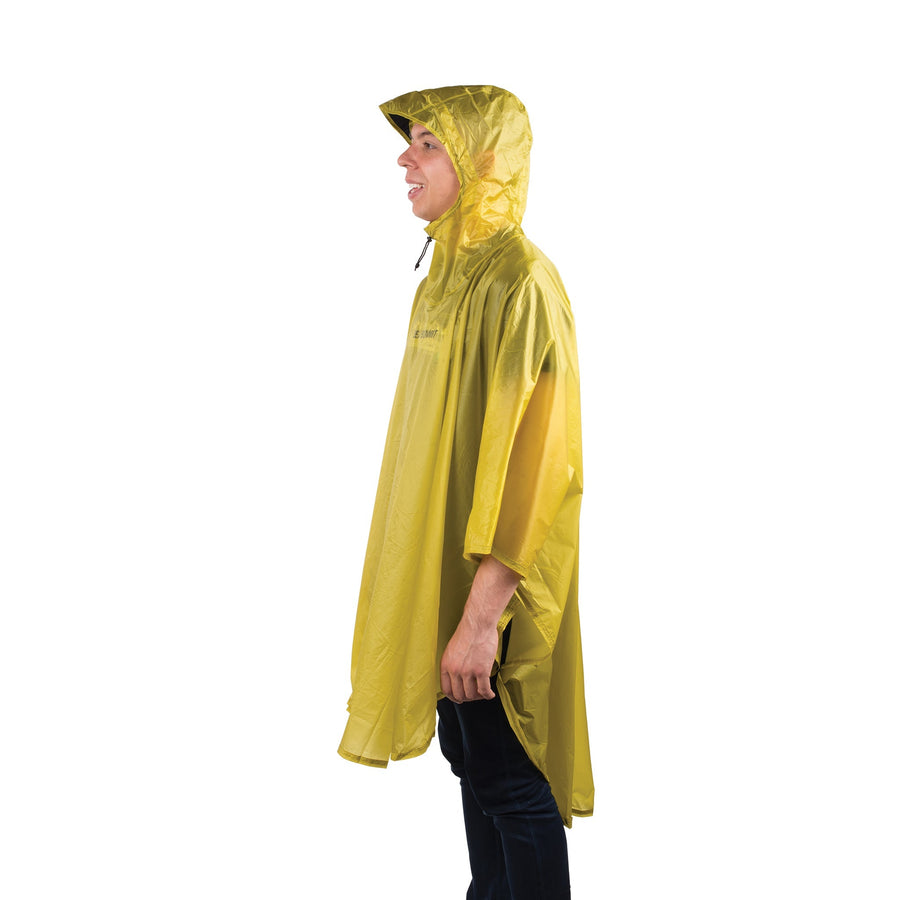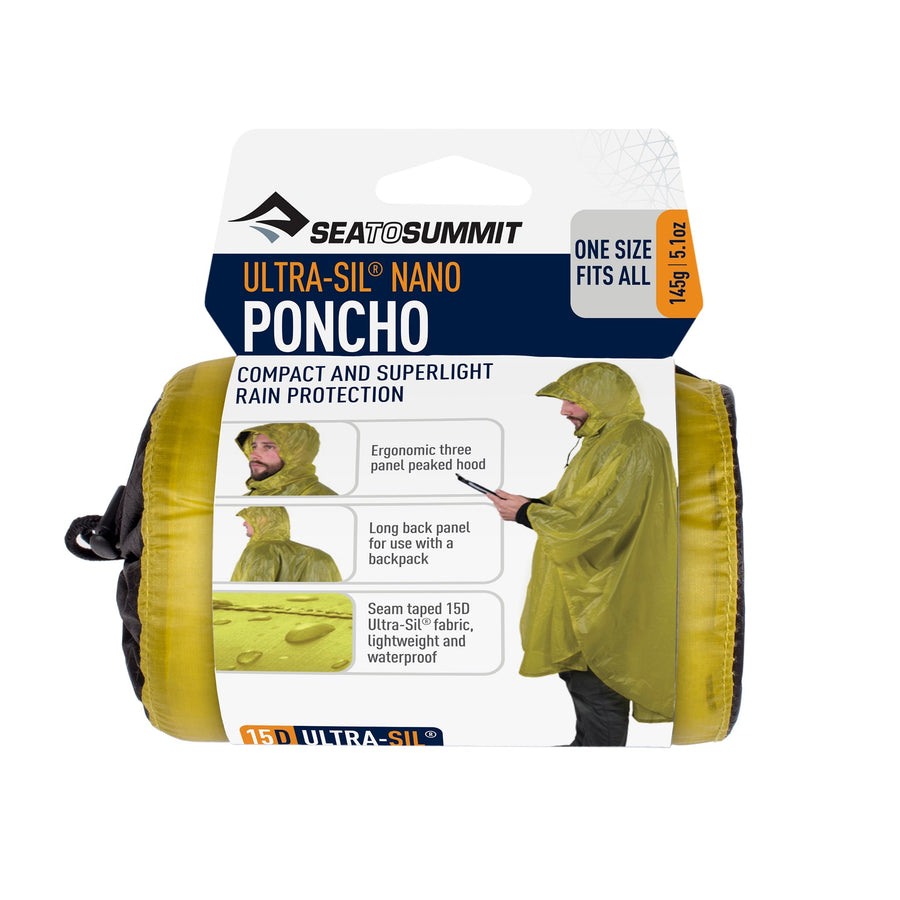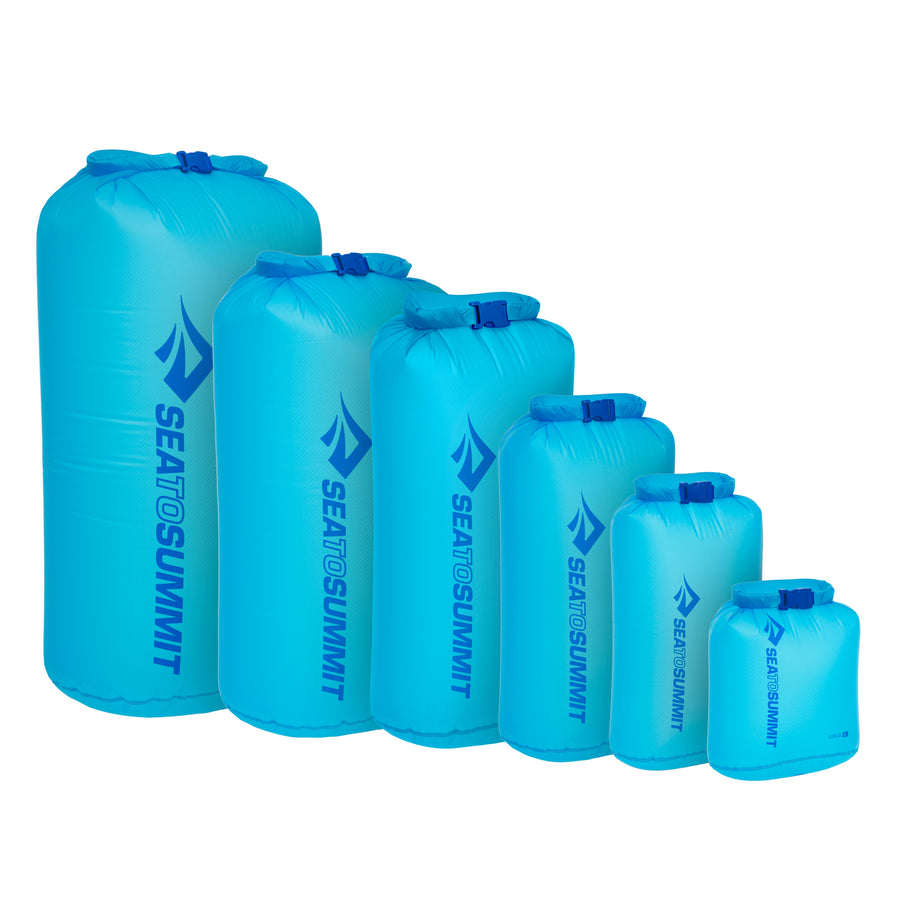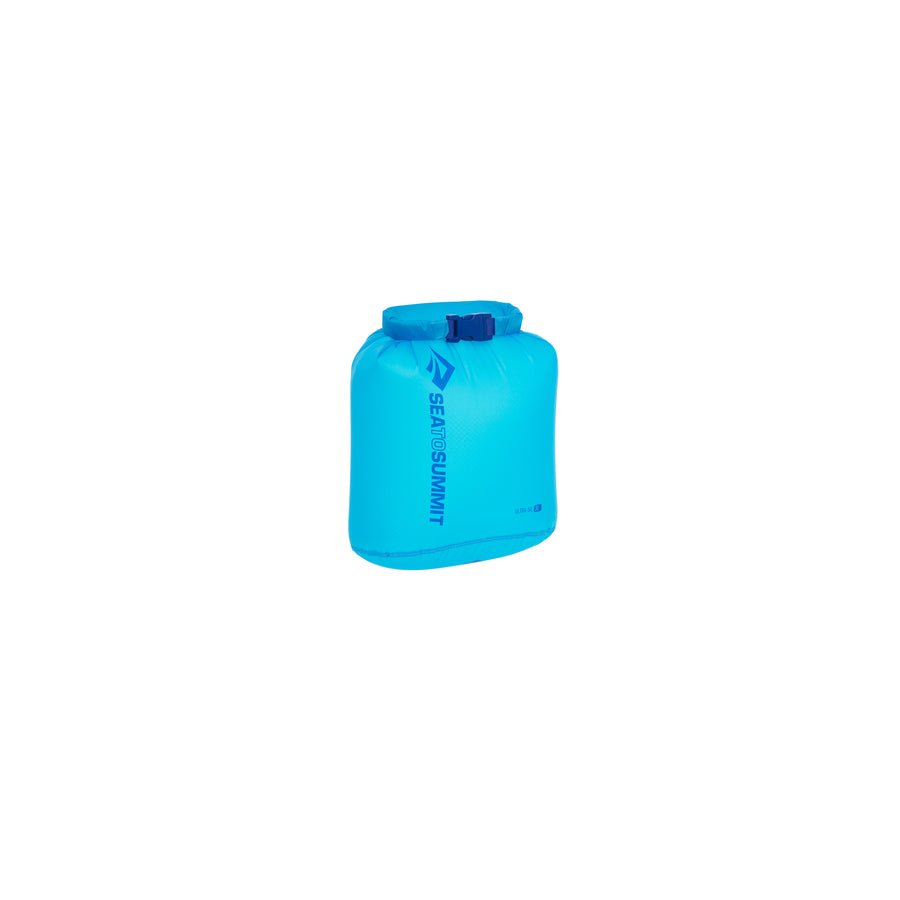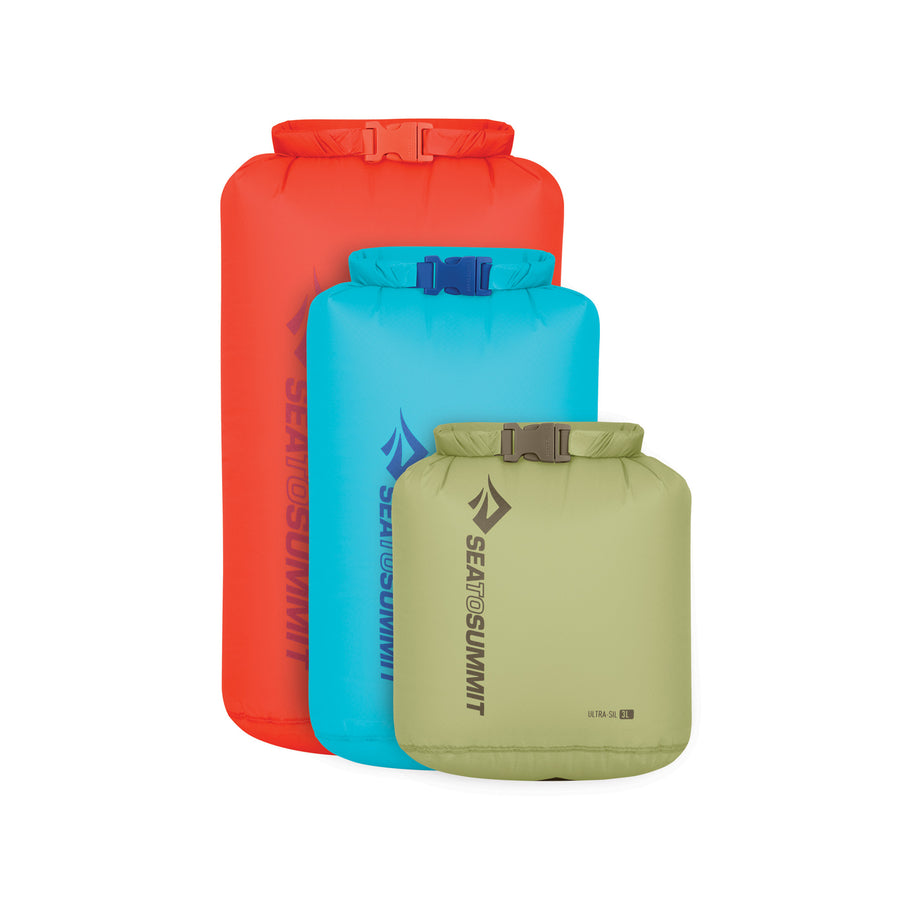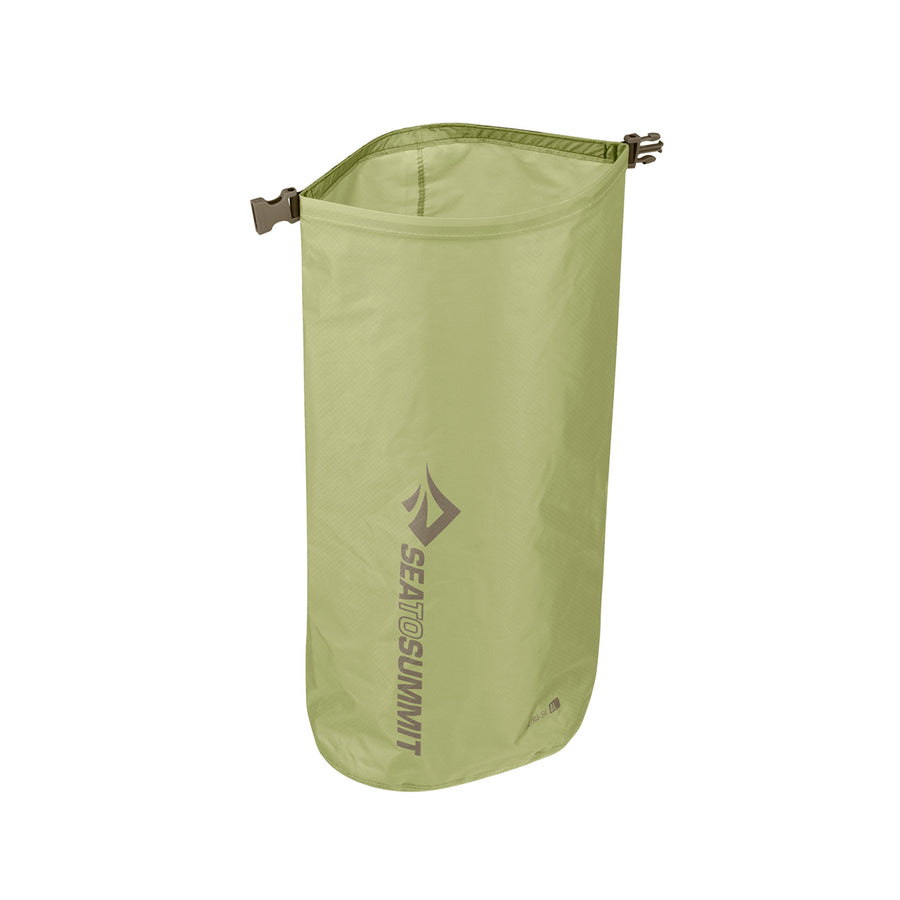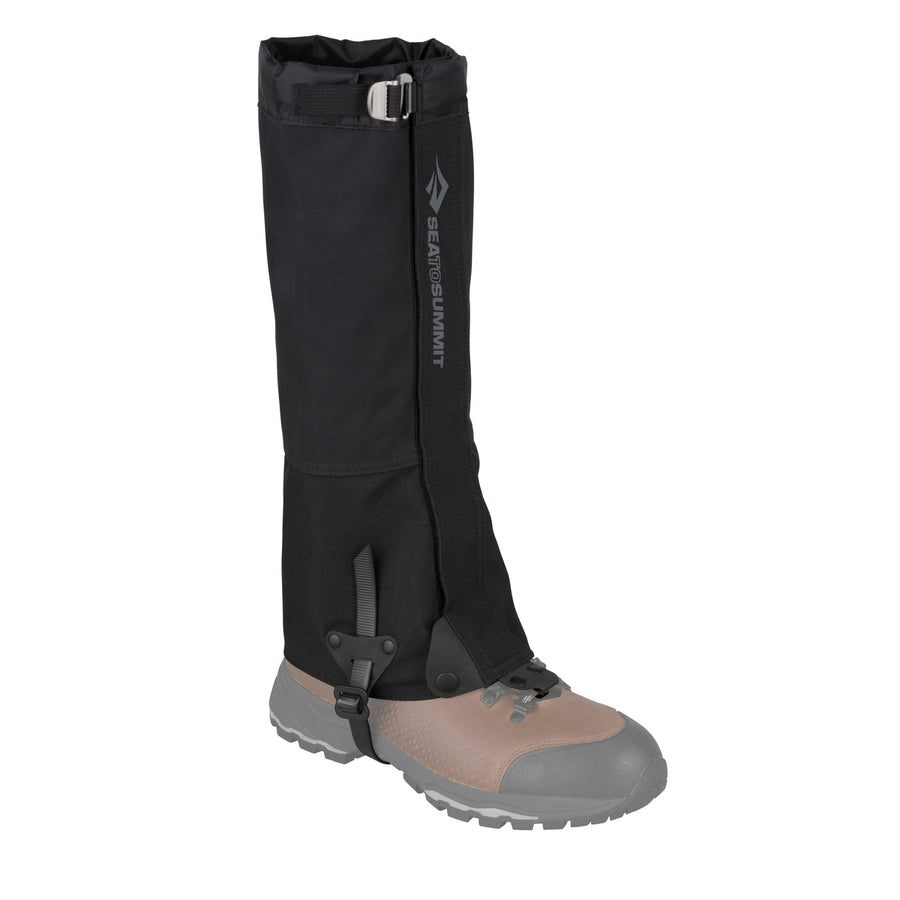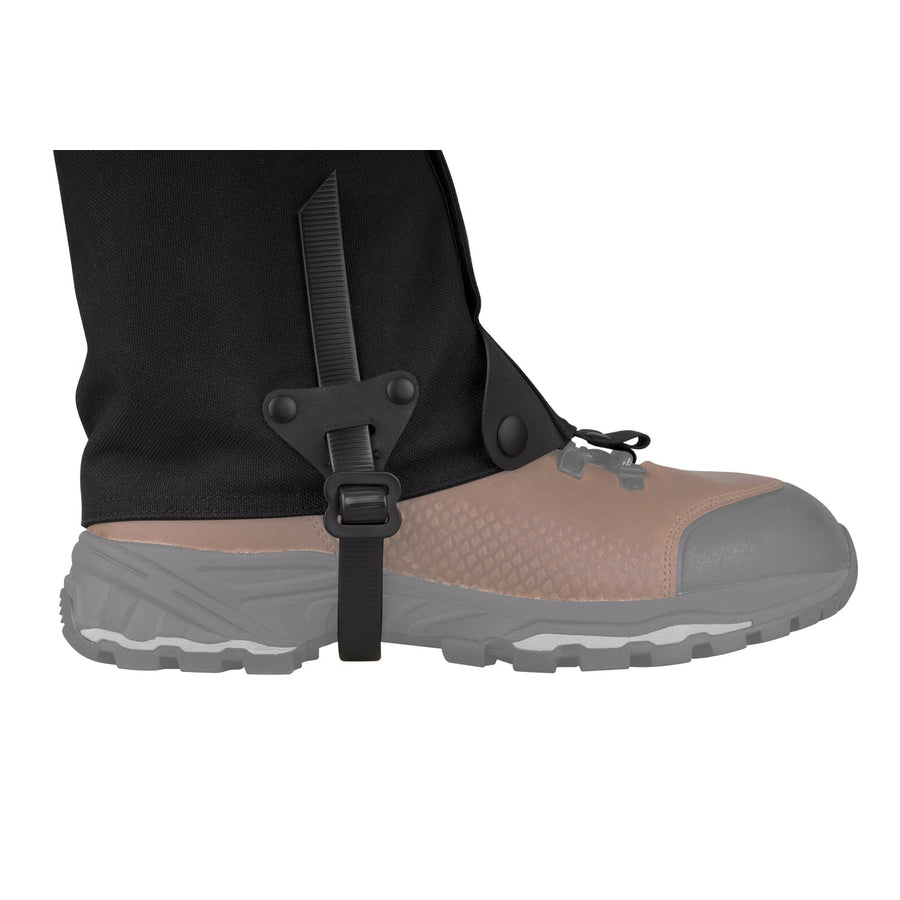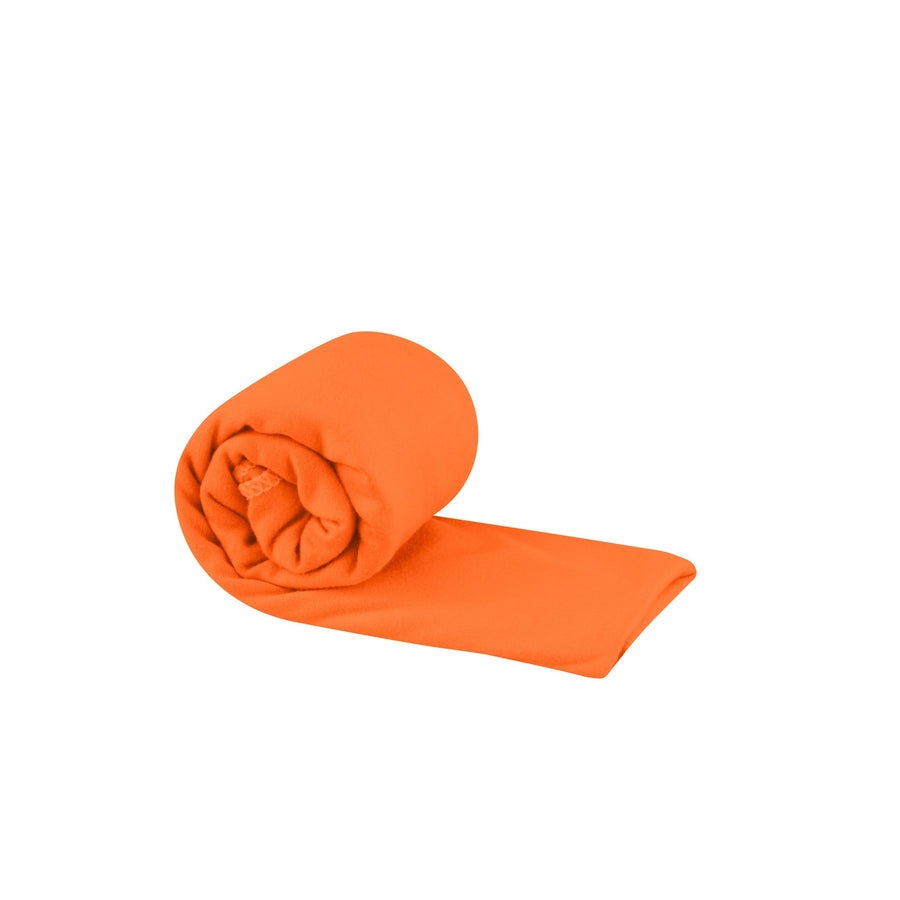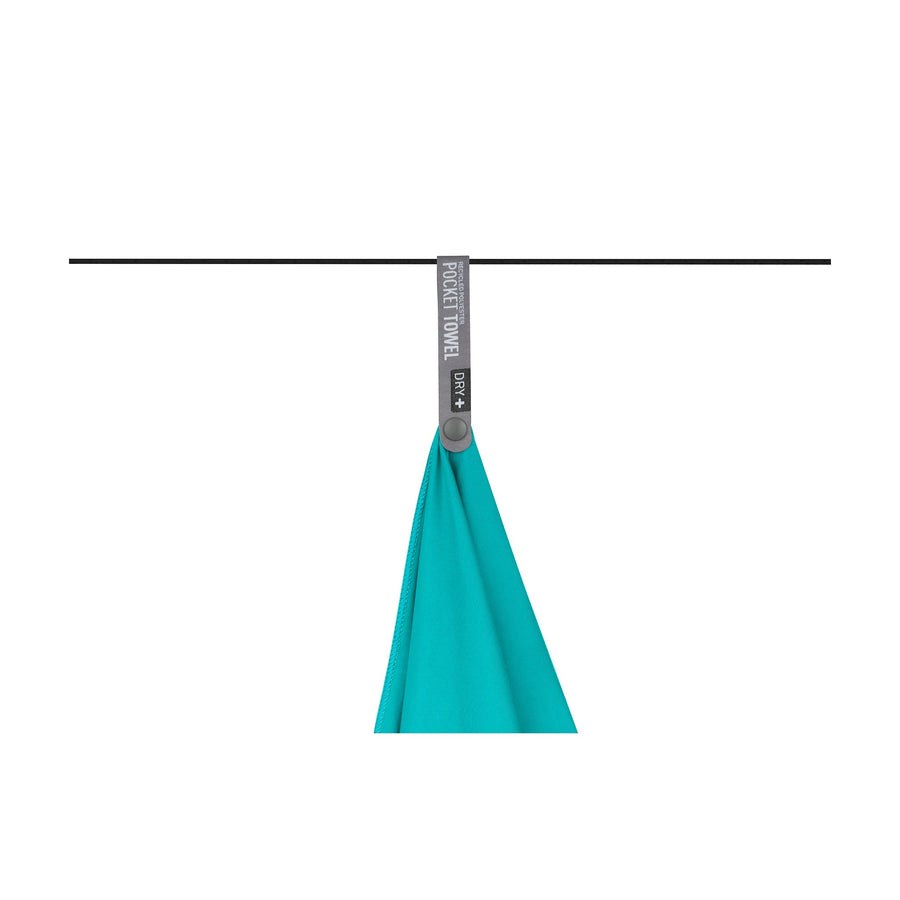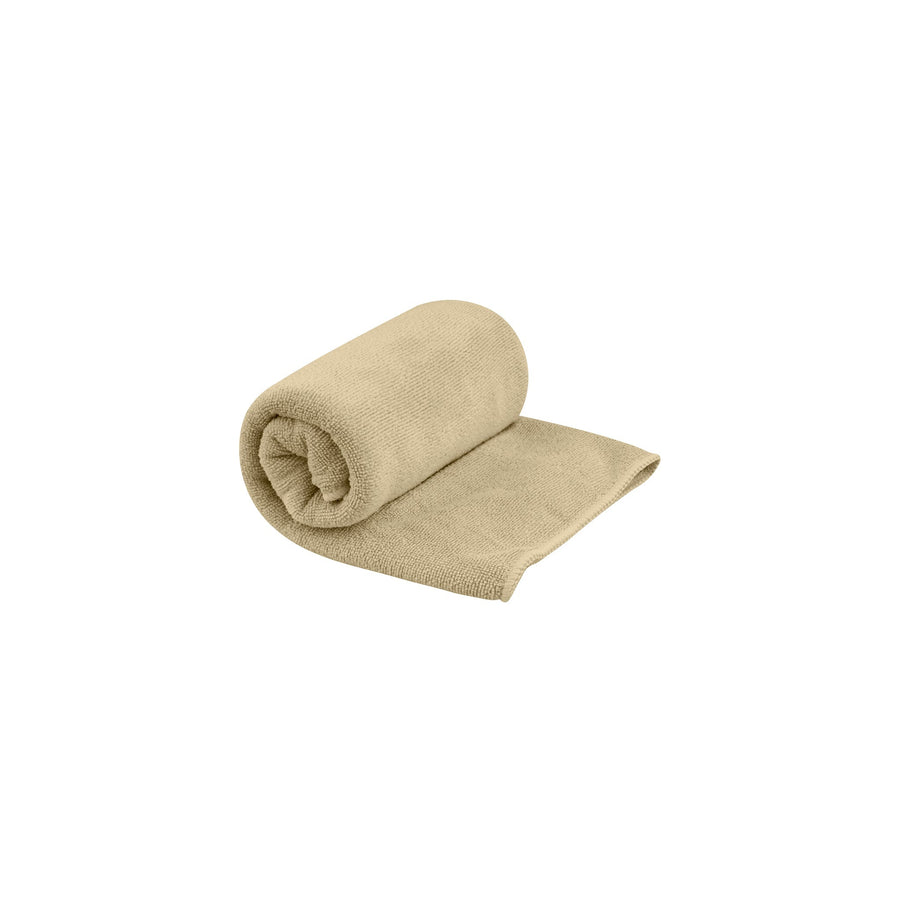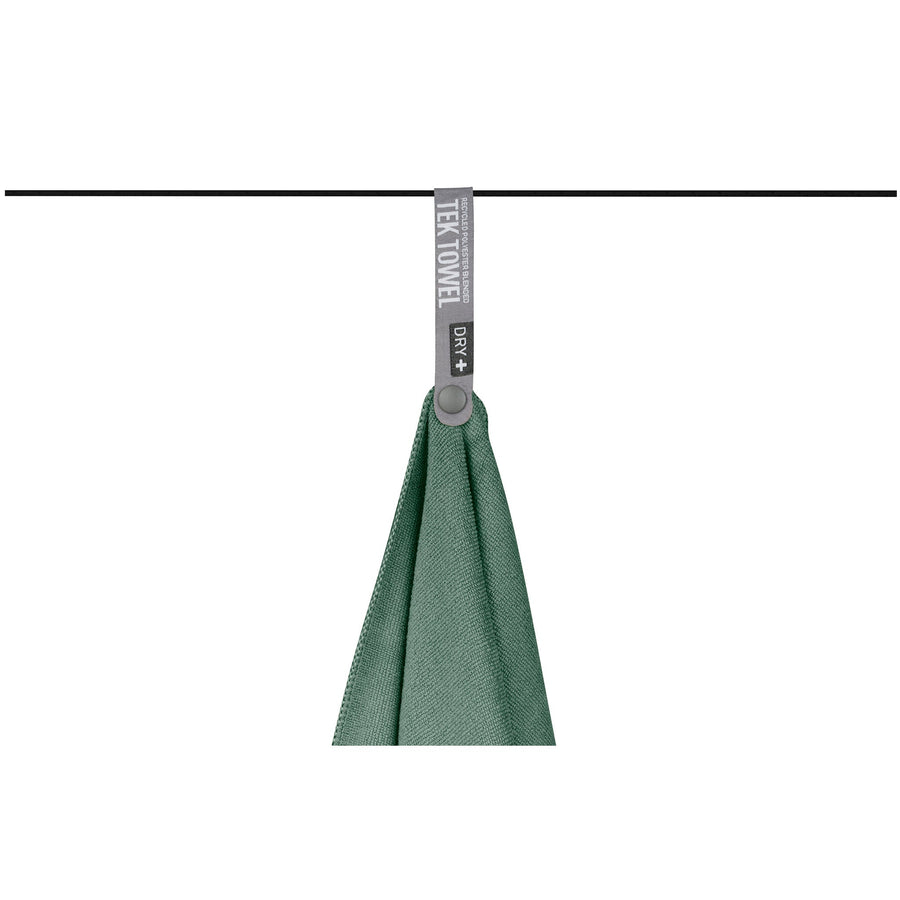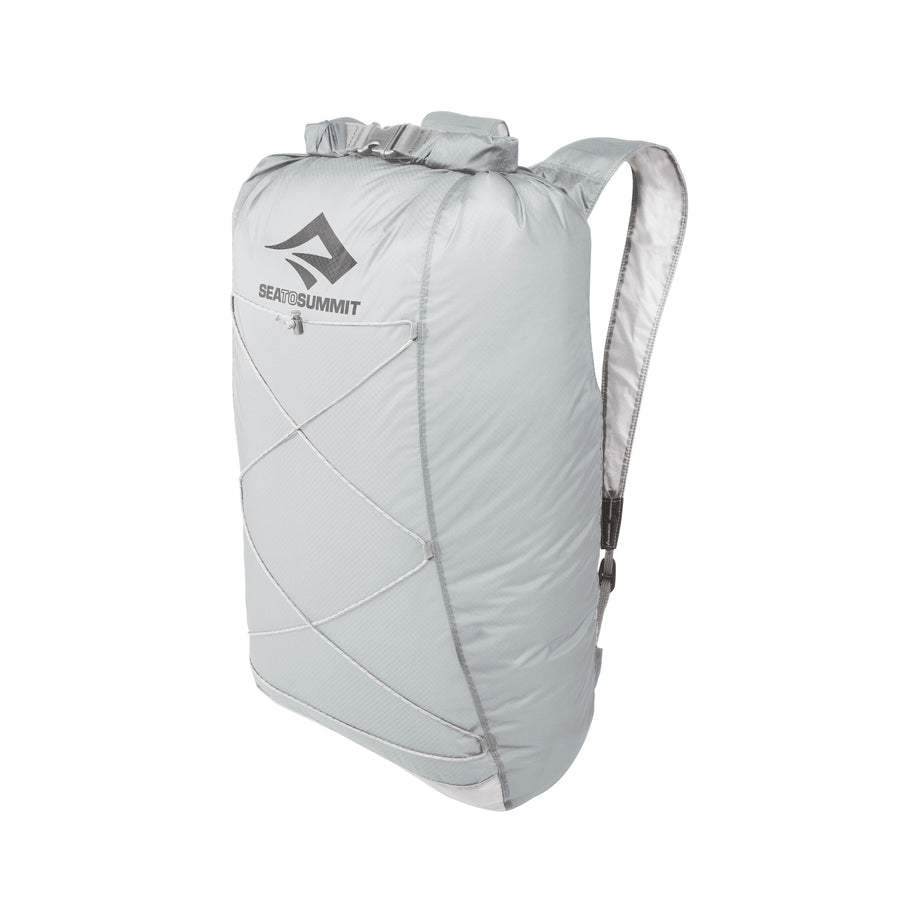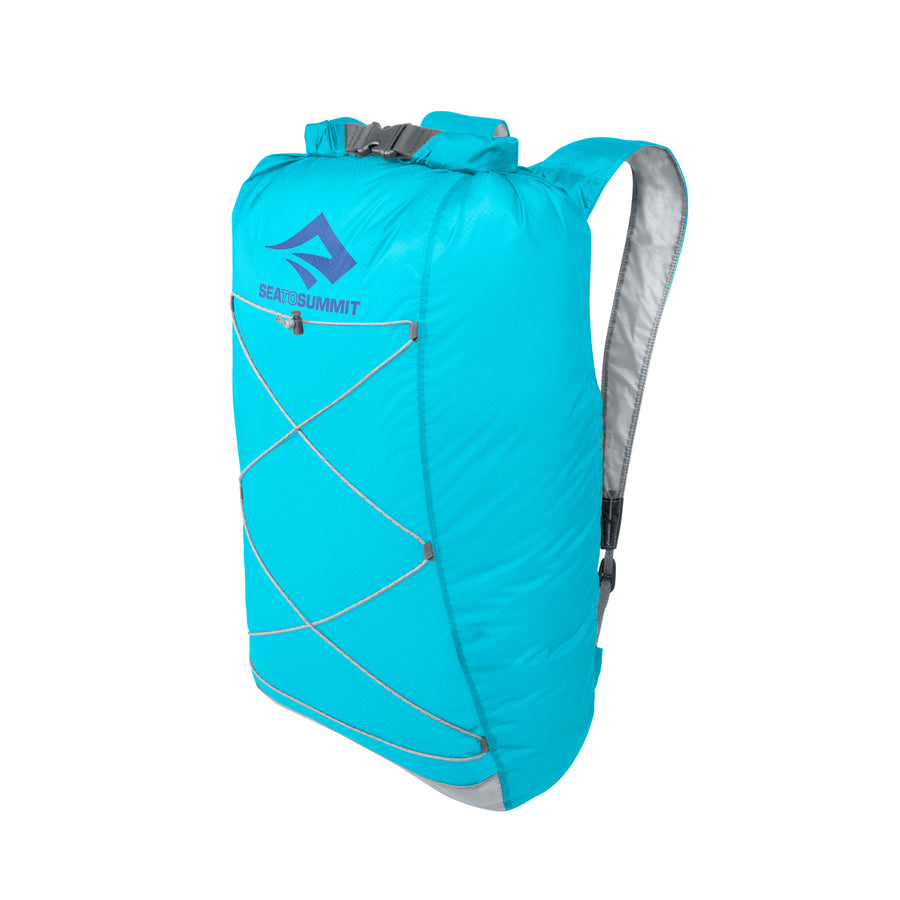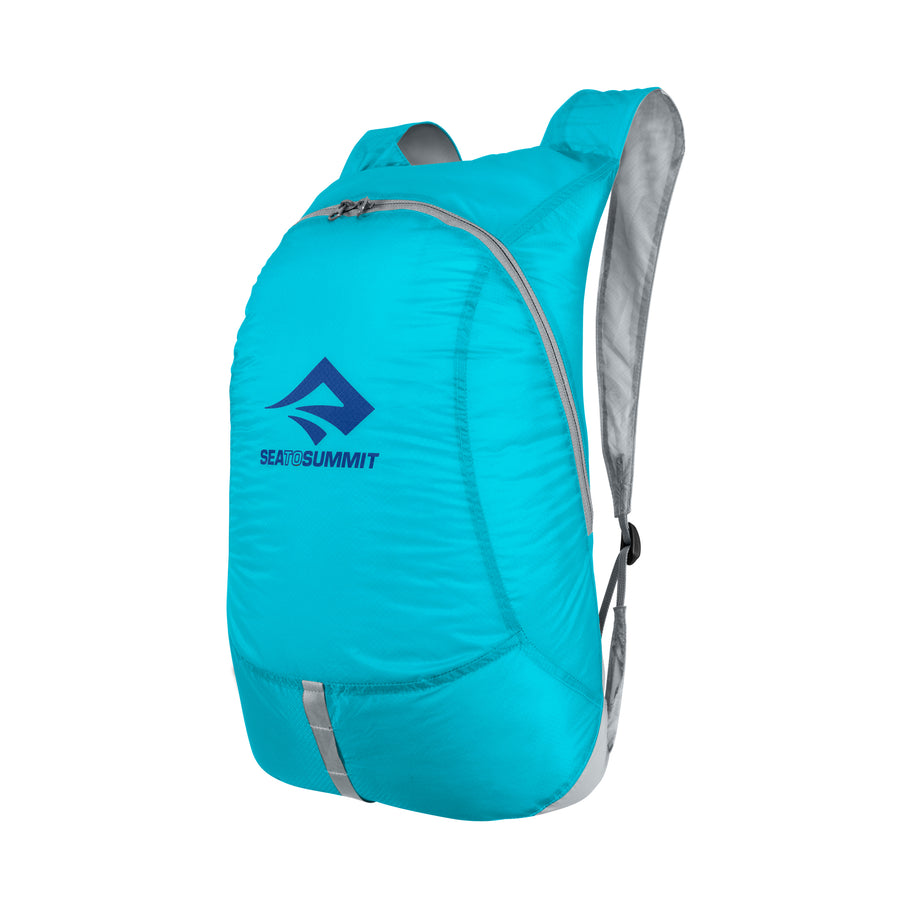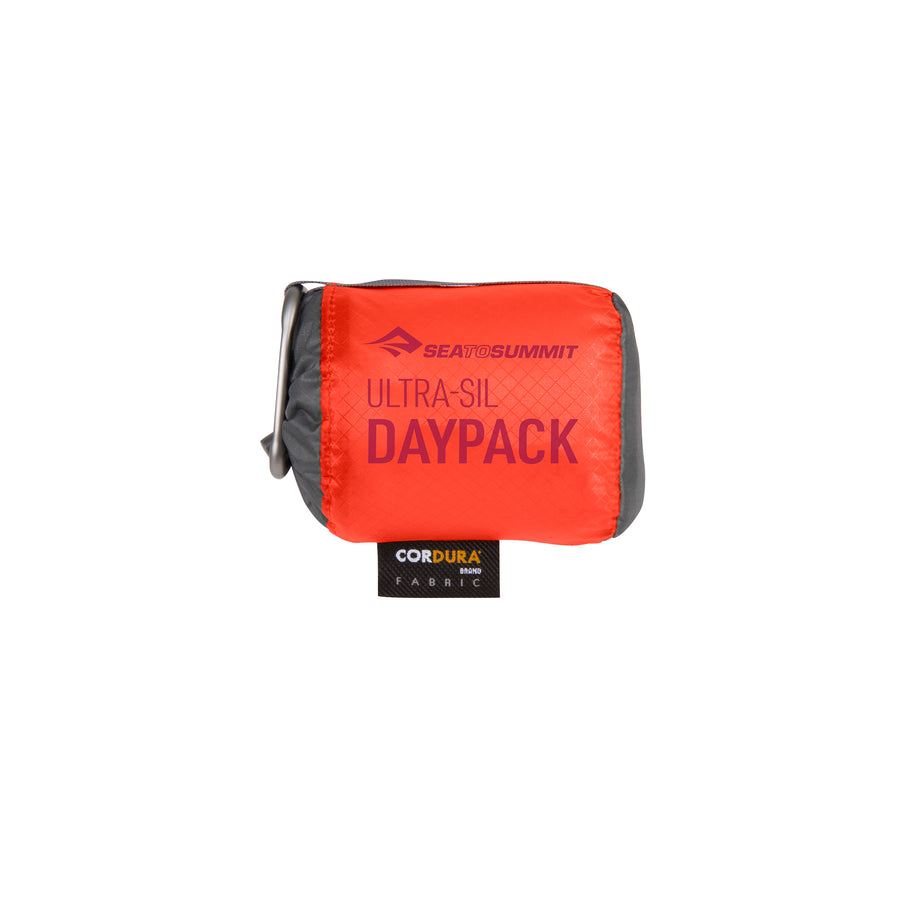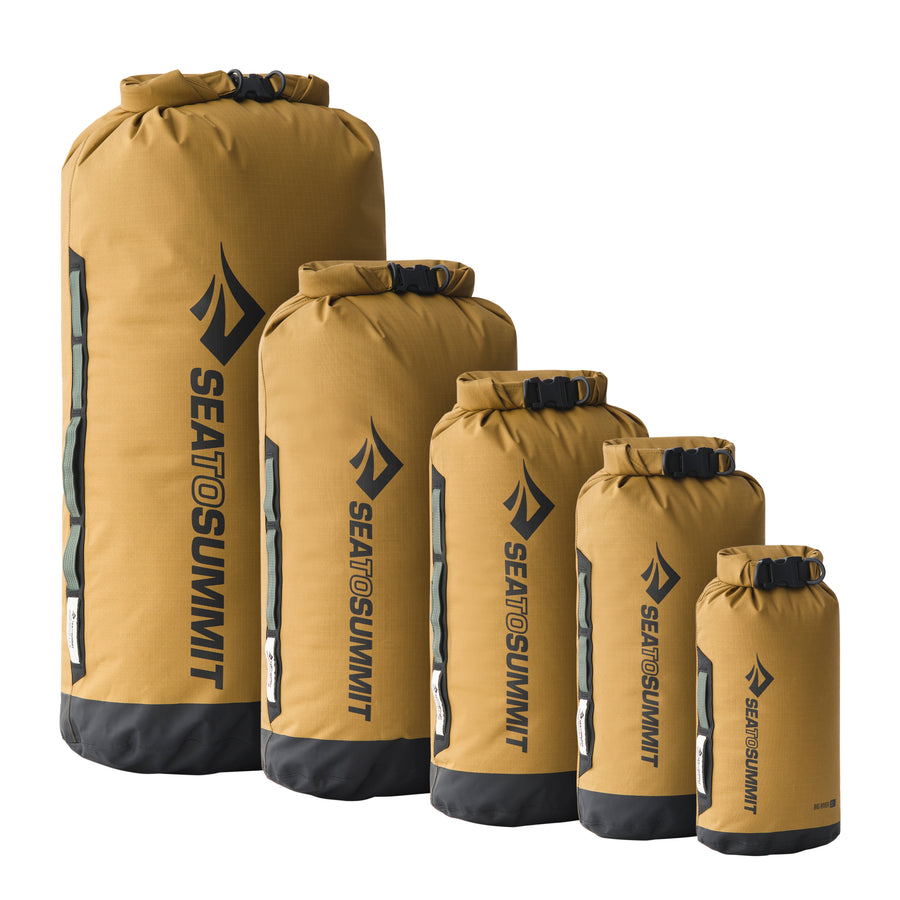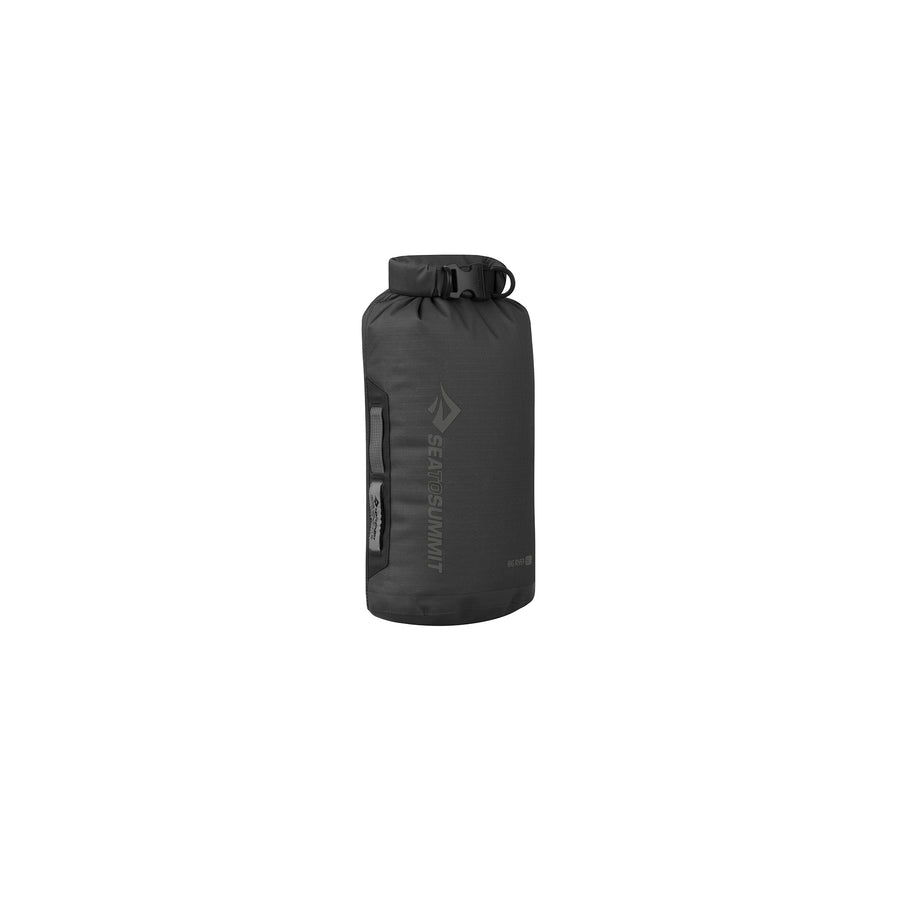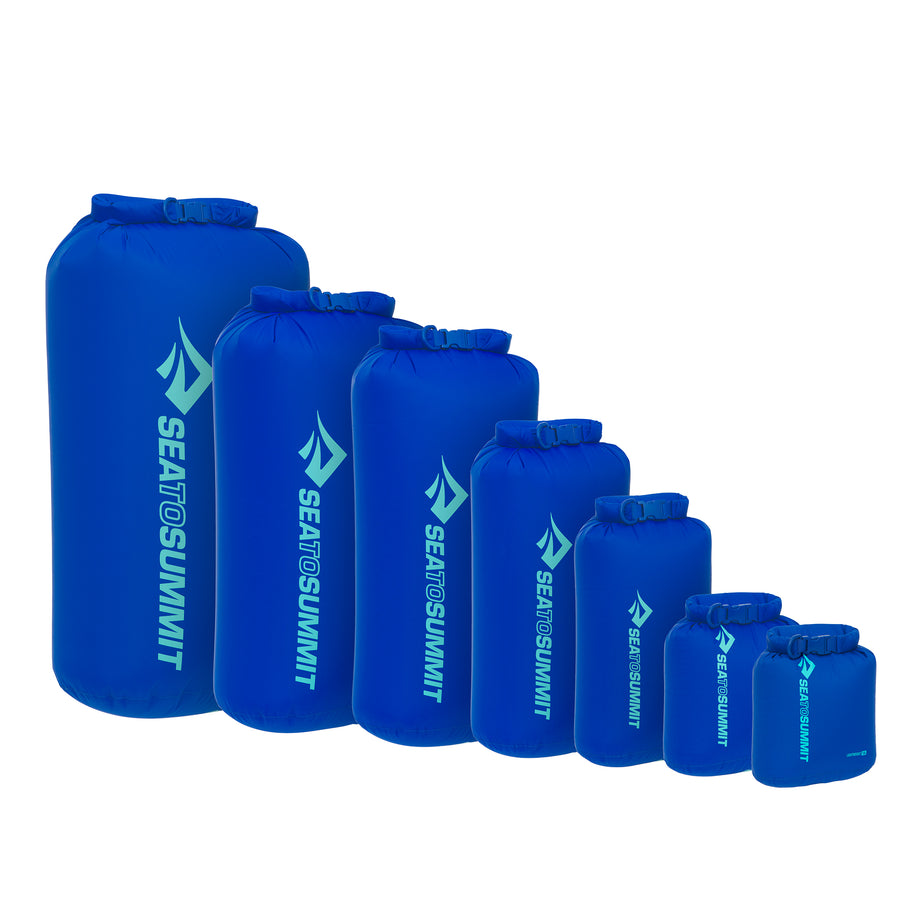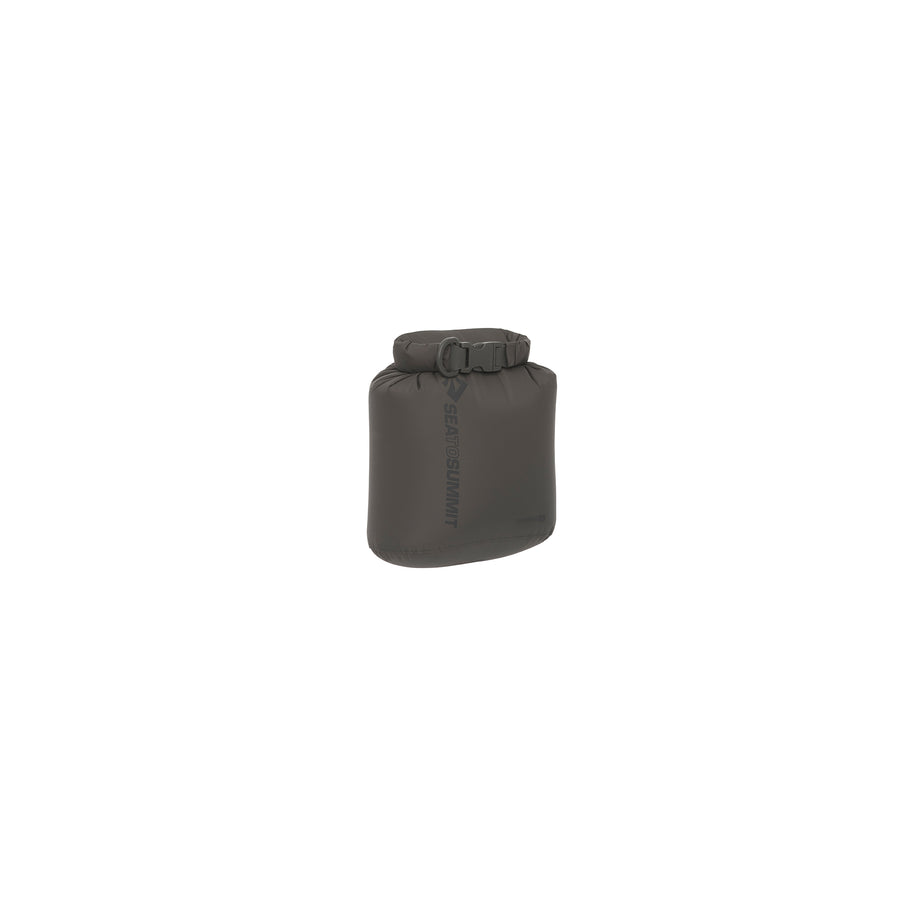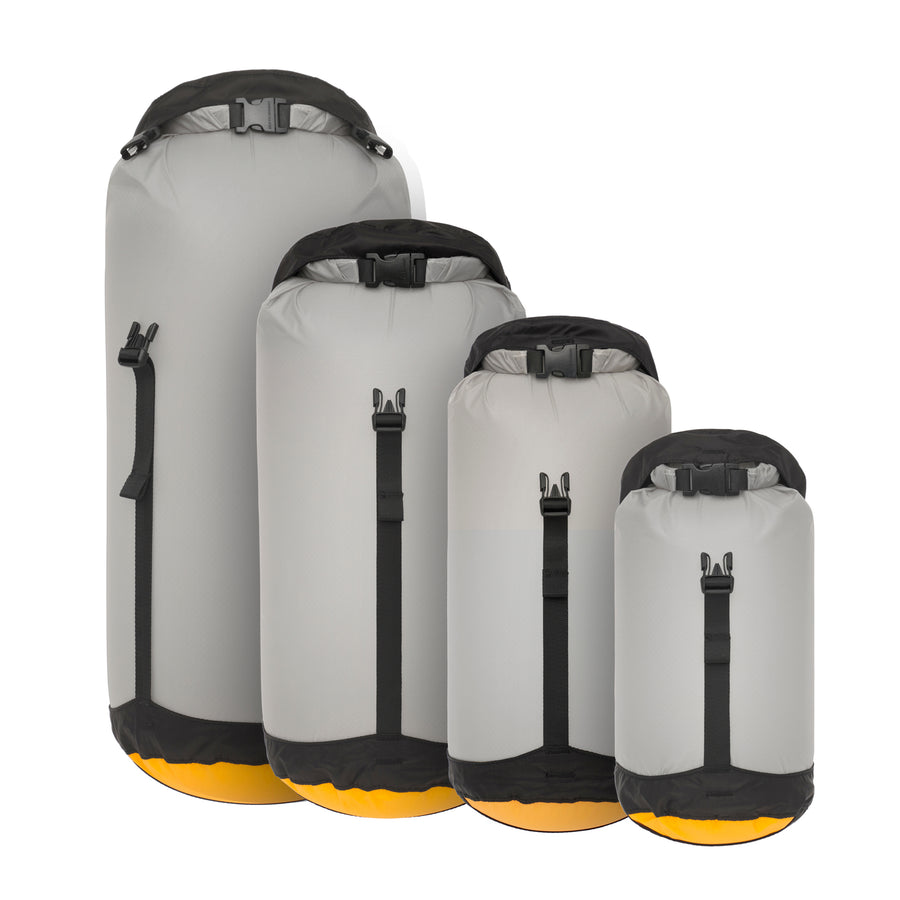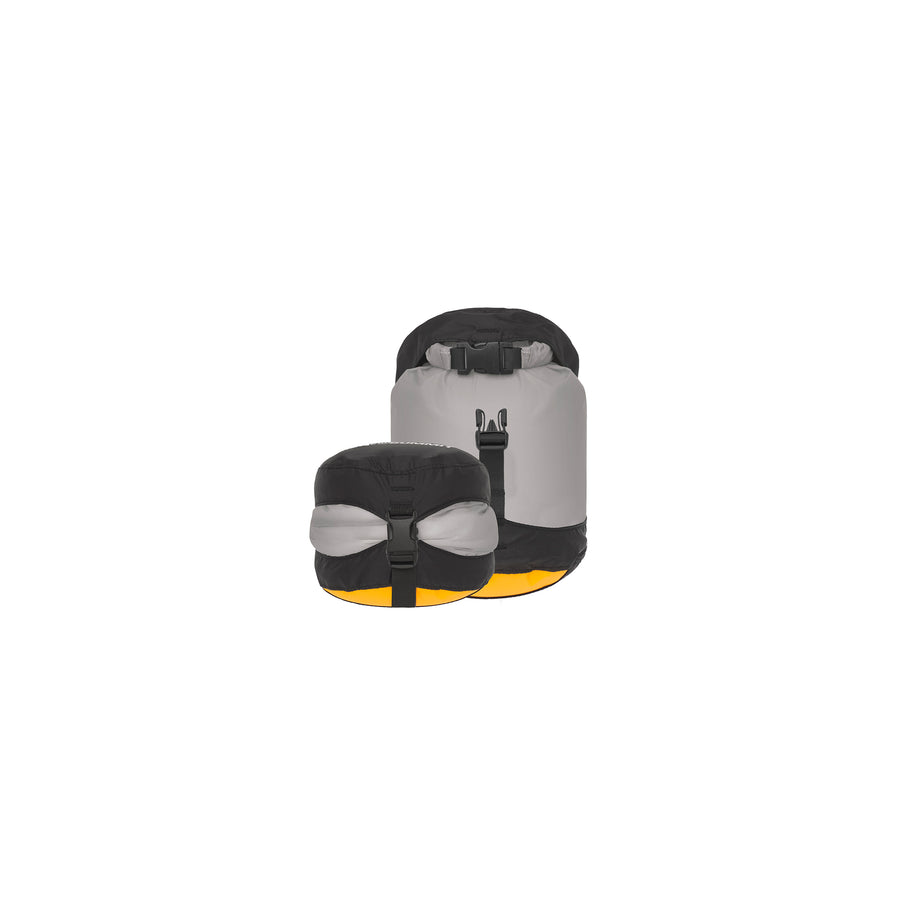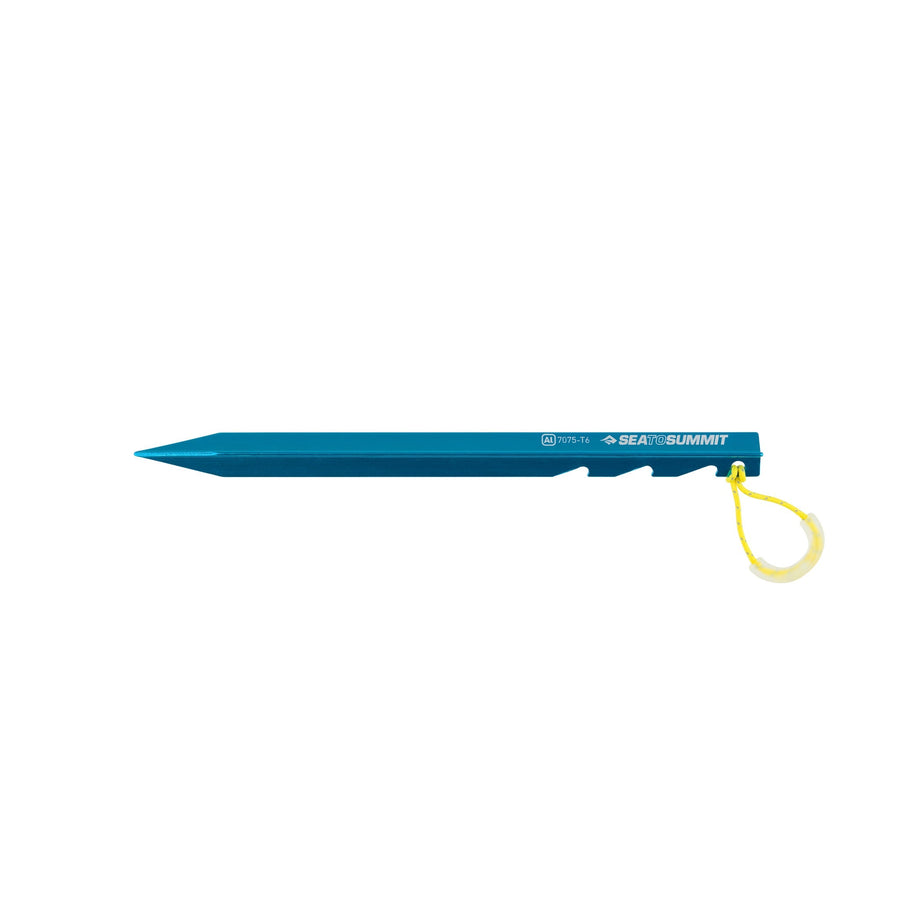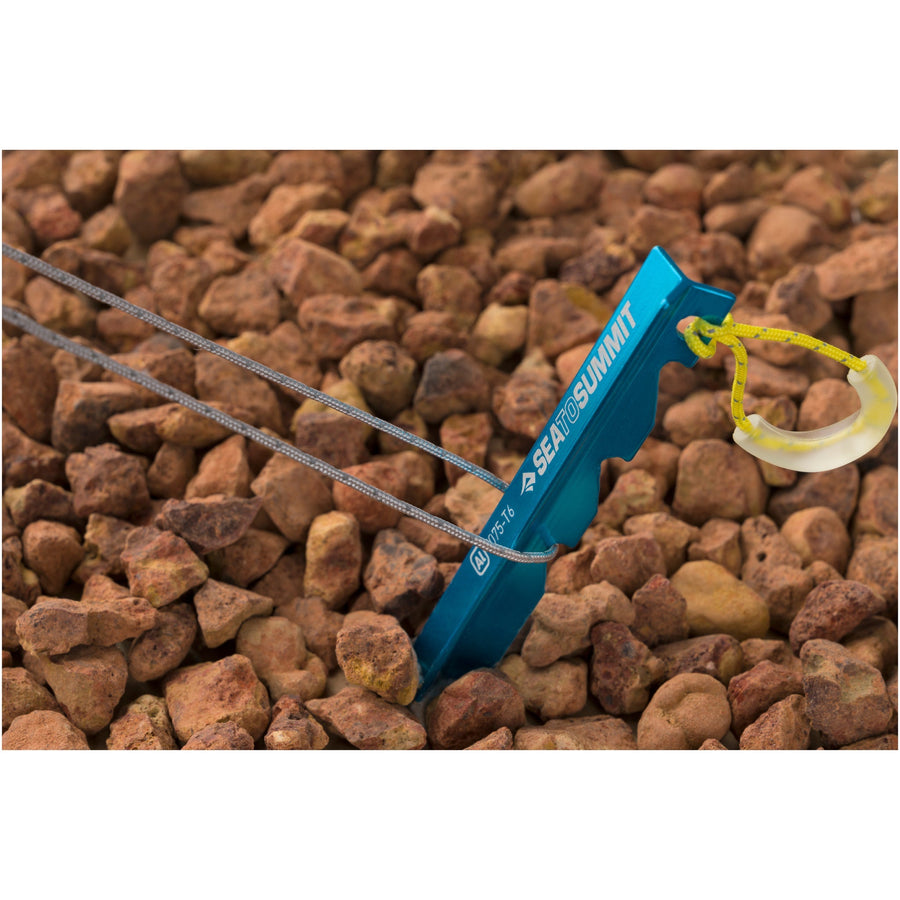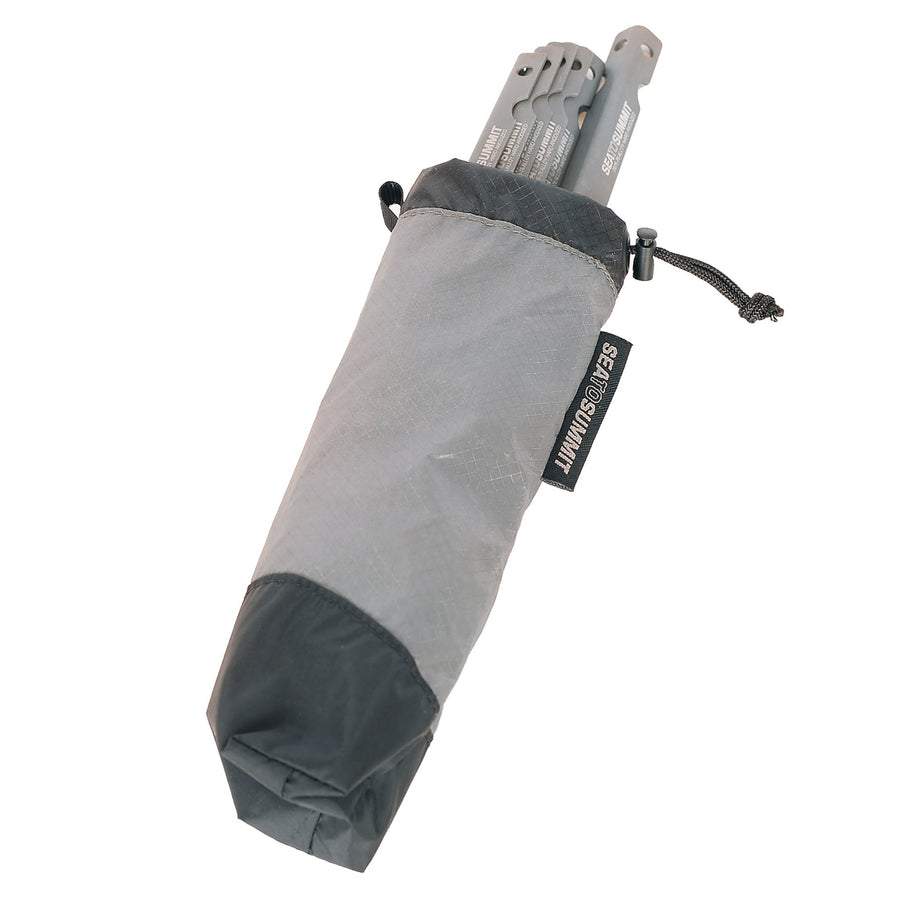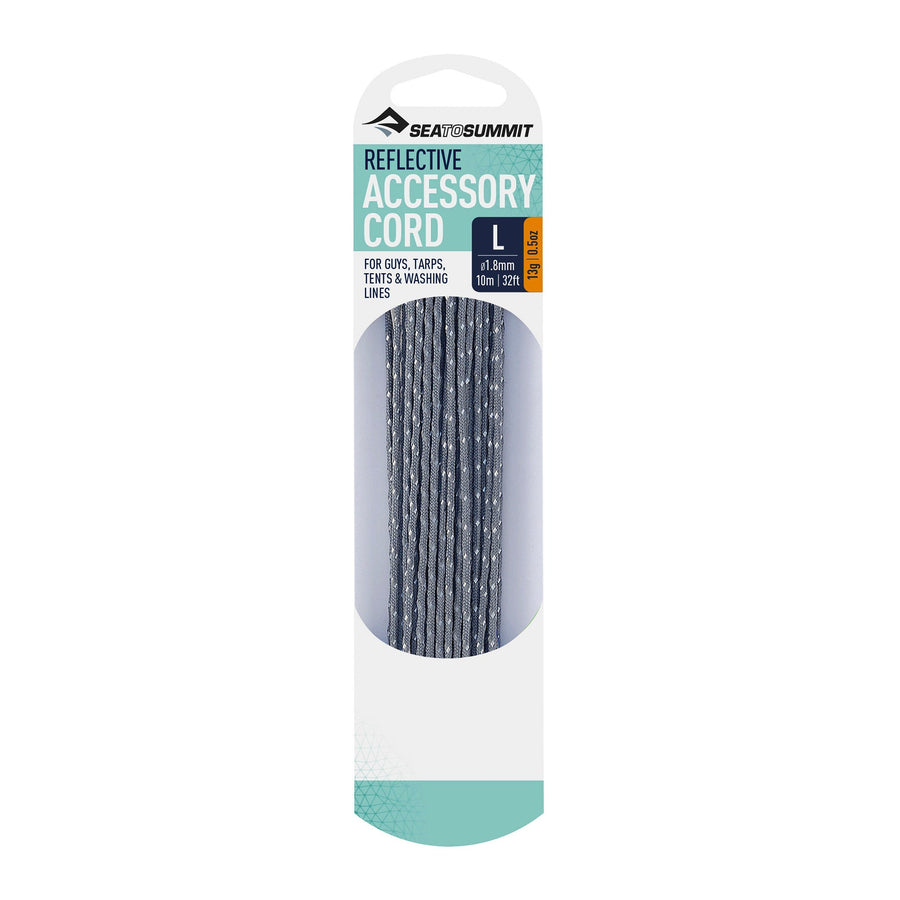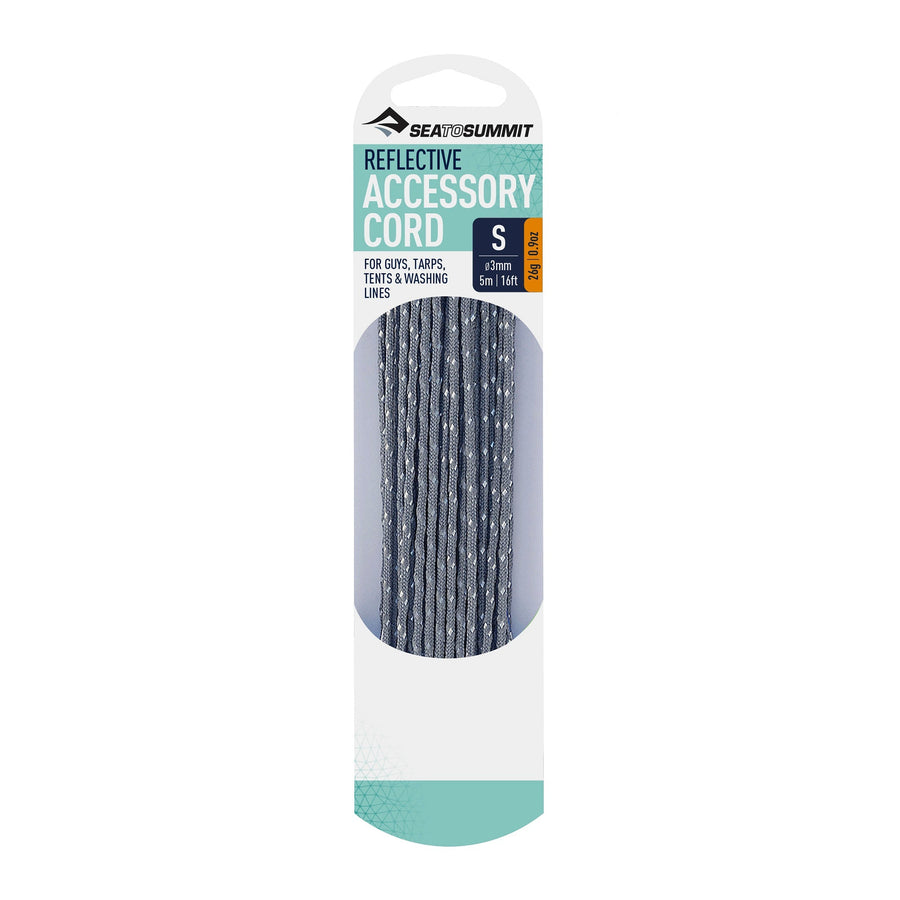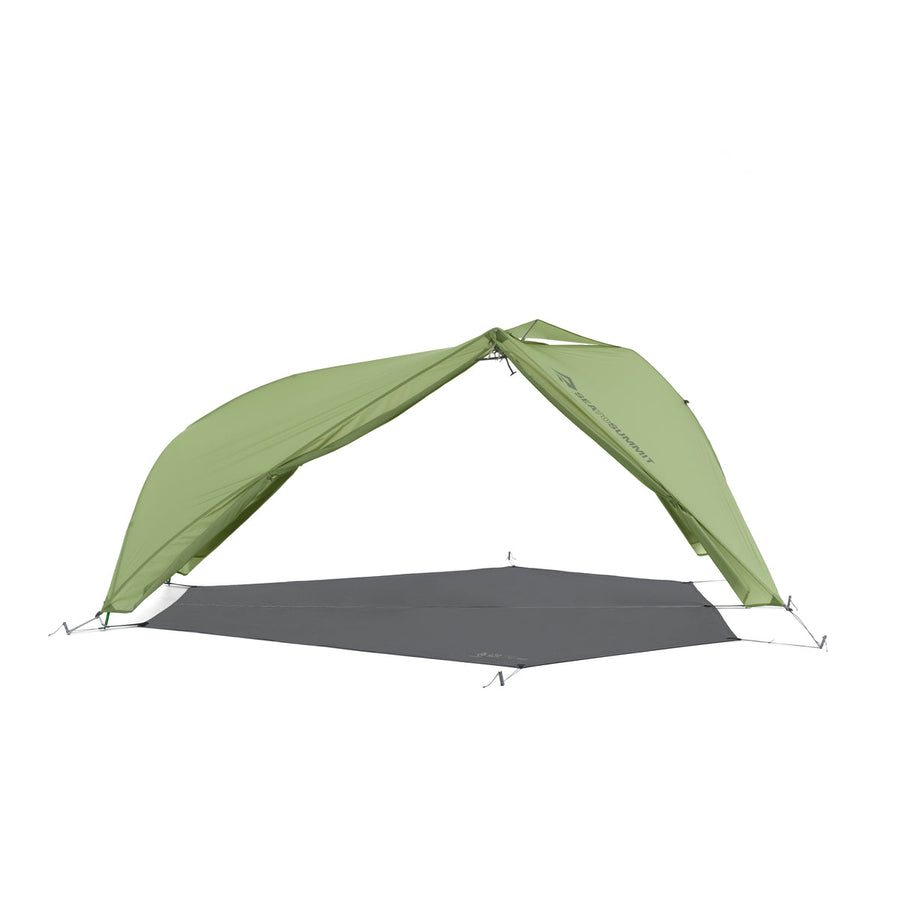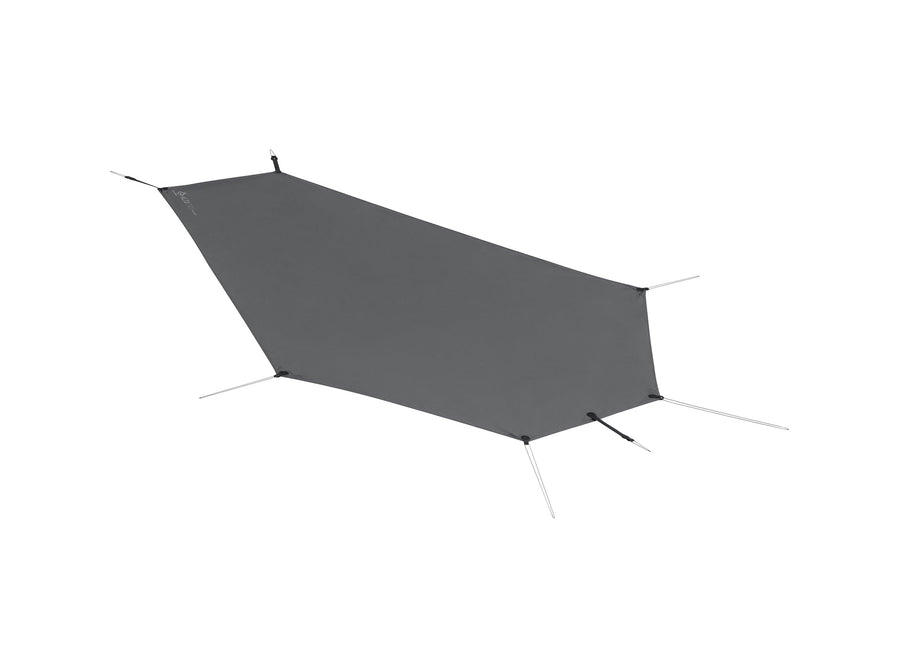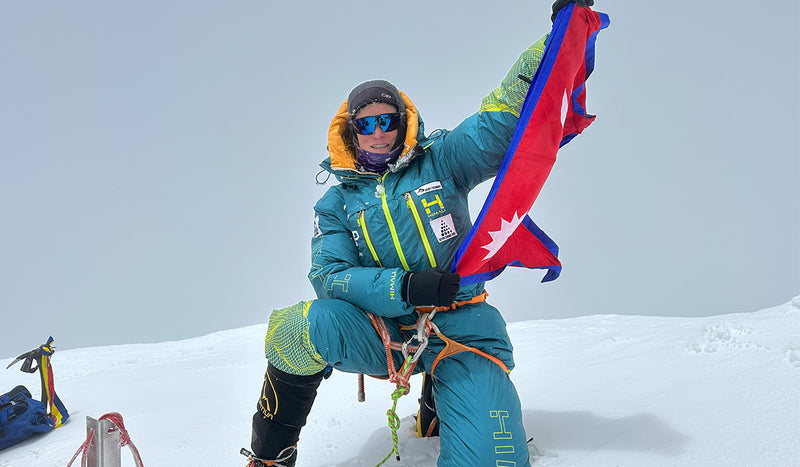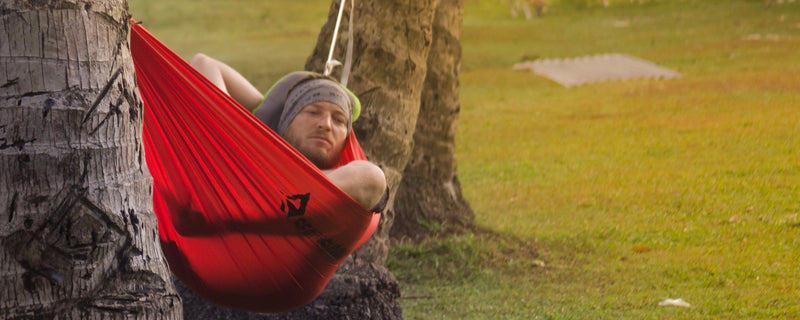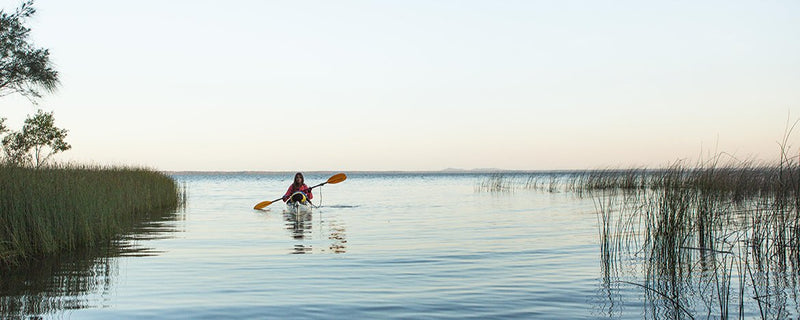Yes, for certain applications, Synthetic Sleeping Bags are a Great choice

Down sleeping bags reign supreme when lightweight packability is top of your list, but there are plenty of situations where a synthetic bag may be more appropriate,
When it comes to warmth-to-weight ratio, compressibility and longevity, no insulation comes close to quality down. However, quality down has a much higher up-front cost, which is a factor if you’re new to outdoors pursuits, or if you only camp overnight very occasionally. People with ethical objections to down use will prefer a synthetic-insulated sleeping bag. And - Synthetic bags will actually insulate better than a down bag if you regularly sleep in damp or wet conditions

BUDGET-FRIENDLY
Quality down is expensive. To build it into a sleeping bag, baffles need to be sewn between the shell and the lining, and the down filled into the chambers between the baffles. In the case of a performance sleeping bag, this construction can be really complex – which adds further cost.
Synthetic insulation is much less expensive, and sewing it into a sleeping bag does not require anything like the level of complication needed for a down bag – so synthetic bags have a lower initial cost.
USER FRIENDLY
It’s much easier to wash and dry a synthetic sleeping bag than a down sleeping bag. You should still avoid a top-loader washing machine, but it’s perfectly OK to wash a synthetic bag in a front loader washing machine: unlike down, there is no danger of the insulation shifting during the wash cycle. Do not use supermarket laundry detergent in the machine: they contain optical brighteners and fillers, and the residue from these ingredients will ‘stick’ the fibres of the synthetic insulation together.
Place the wet sleeping bag in a large cotton bag (to protect the shell from hot spots in the drum) and dry on a cool-to-warm setting. Remember that laundromat dryer thermostats are often inexact – if this is a concern, use a cooler setting.
WET CONDITIONS - FRIENDLY
You don’t need to actually capsize a kayak or canoe to have water in the hull – and that water finds its way into sleeping bags (unless you pack them in dry bags [LINK TO HOW TO CHOOSE THE CORRECT DRY BAG], which you absolutely should). Hydrophobic-treated Ultra-Dry Down sleeping bags will cope with some moisture, but synthetic bags will actually still insulate when wet, which hydrophobic down will not do.
Hunters often sleep in wet clothing in order to dry it out – a synthetic sleeping bag is much more effective if this is a situation you find yourself in.
And hikers in really wet environments (we’re looking at you, Fiordland, NZ) whose sleeping bags will be exposed to large amounts of ambient moisture for days at a time will probably prefer synthetic over down.
ETHICAL VEGAN-FRIENDLY
Many people have an ethical stance on wearing or using animal-derived products. For those end-users, synthetic insulation is the preferred option.

CHOOSING BETWEEN A DOWN OR SYNTHETIC SLEEPING BAG
Here are the synthetic options in the Sea to Summit sleeping bag lineup:





